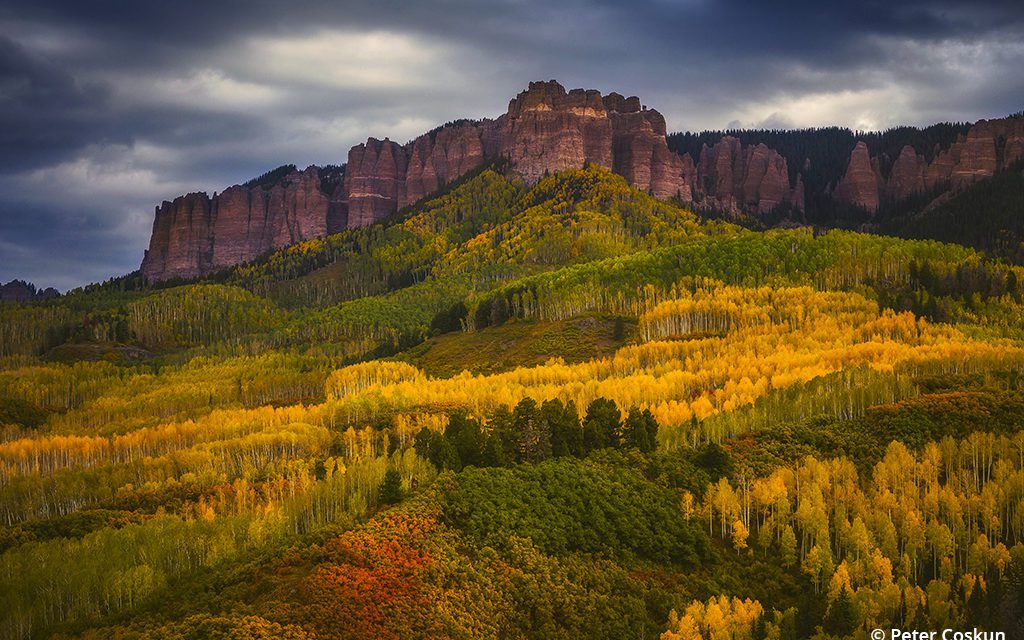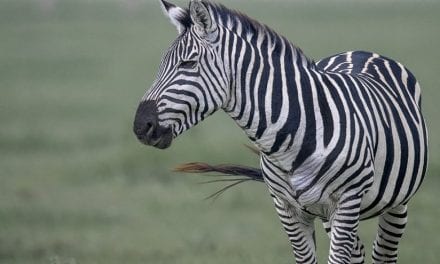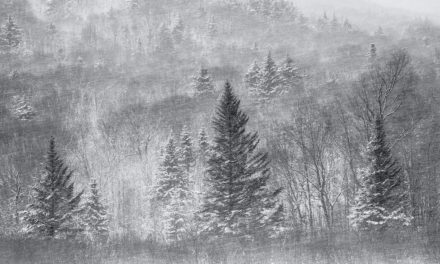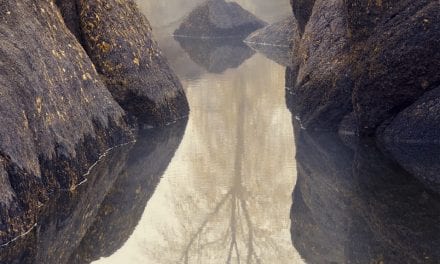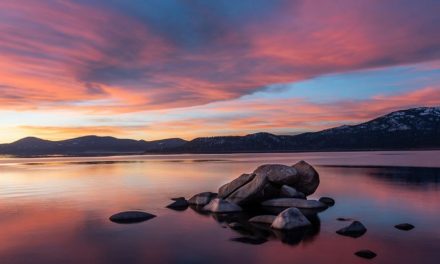Owl Creek Pass is located in the Uncompahgre National Forest of southwestern Colorado. Surrounded by the Cimarron Range, which towers above groves of aspen, spruce, firs and scrub oak, this area is surely one of the most scenic in Colorado.
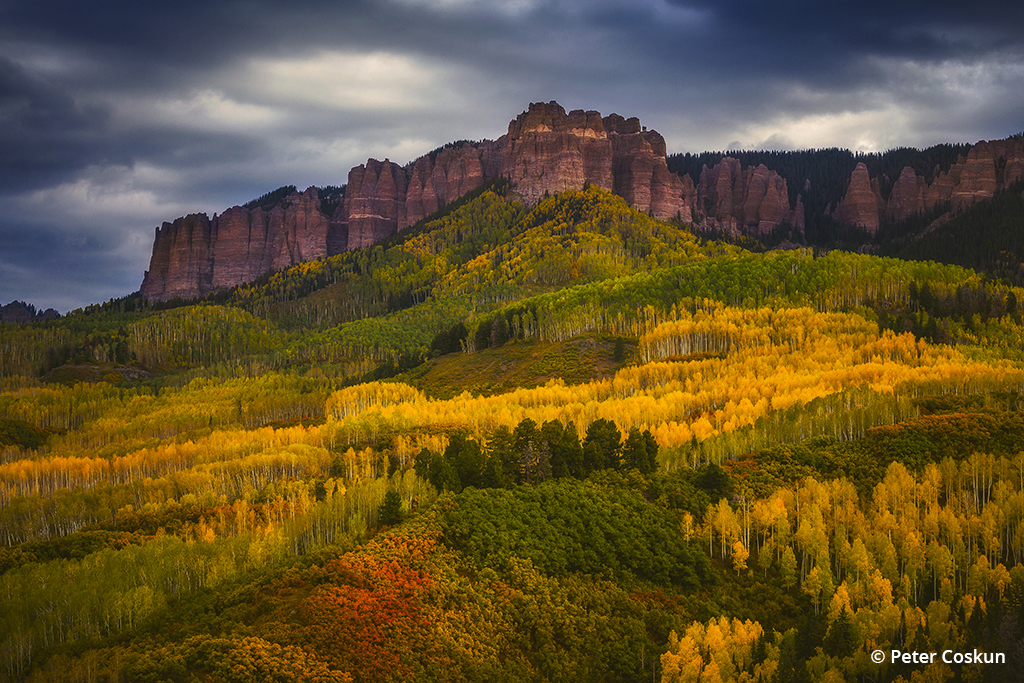
Travelers passing through Ridgway can access this area by taking County Road 8, which is adjacent to the Ridgway Reservoir, all the way to the pass. Those coming from the north can access the area through Cimarron Road off of U.S. Route 50. Those accessing from Cimarron Road should note that it turns into County Road 858. Take this past Silver Jack Reservoir until you come to County Road 861, which will split to the right. Take this as you cross over the East Fork of the Cimarron River and come to a “Y” intersection. Keep right to veer onto County Road 860 as it twists and turns around Turret Ridge, taking you high up to Owl Creek Pass itself.
Both routes are well-maintained gravel roads suitable for any vehicle in good weather. Use caution and high-clearance four-wheel drive if there’s inclement weather in this area.
Weather At Owl Creek Pass
Due to the high elevation of this mountain pass, the road to Owl Creek Pass is closed during the winter months by heavy snow. From late spring to fall, you can experience almost any weather conditions. Snow, hail, thunderstorms, rain and thick fog can occur any time of the year here. Temperatures can vary from the 90s in the summer months to the low teens in the fall and winter. During fall, temperatures average in the mid to low 60s during the day, making it comfortable for hiking around the forests. At night, expect the temperatures to drop to near freezing. Always be prepared for any kind of weather here, as with any mountainous area. Conditions can change at a moment’s notice.
Photo Experience
One might expect this area to be crowded with large groups of photographers; however, compared to many other areas of southwest Colorado, it’s possible to find plenty of places to photograph by yourself. Roadside shooting offers many options for those who prefer not to hike.
Lenses ranging from 16mm all the way to 600mm focal lengths can be useful to photograph grand vistas, intimate forest scenes and even the occasional wildlife like elk and bears. My preferred lens while exploring this area was my 70-200mm. Even at 70mm, I was able to photograph some grand vistas and the colorful swaths of autumn foliage on the mountainsides.
Getting off the beaten path is easy as well with trails to take you up into the mountains and wilderness areas. There’s certainly no shortage of options for outdoor photographers in this area.
Best Times To Visit Owl Creek Pass
While late spring and summer can provide lush green forests and beautiful wildflower blooms, fall certainly seems like the best time to photograph and explore this area. With a rainbow of colors changing in early October and the mountains rising high above it all, it really is a picture-perfect time to be here. Aspen colors can range from lime green to red in some areas and create beautiful contrasts with those cloudy blue skies or, if you’re lucky, a vibrant sunrise or sunset. The scrub oak on their own provide a pretty spectacular show as well with orange, yellow, red and green intertwined with groves of aspens and even cottonwoods. With comfortable afternoon temperatures and the crisp autumn evenings, fall is my favorite time to be there.
Contact: U.S. Forest Service, fs.usda.gov/detail/gmug.
See more of Peter Coskun’s work at pjcphotography.com.
The post Owl Creek Pass appeared first on Outdoor Photographer.

